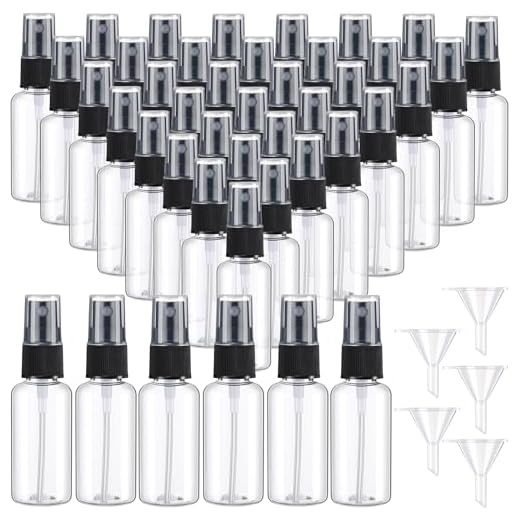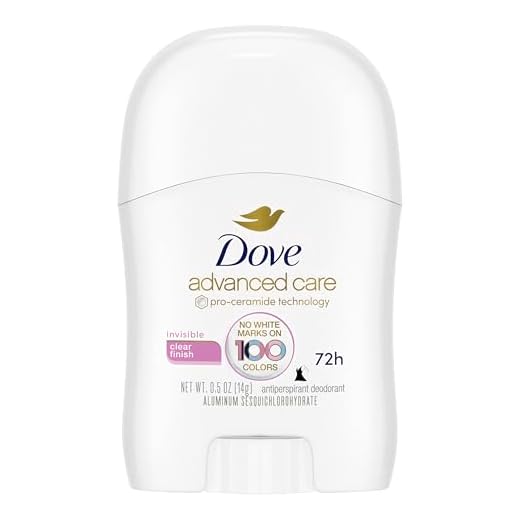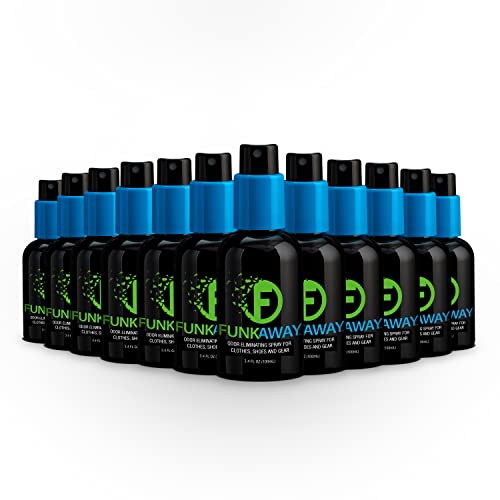







Travelers may transport pressurized containers in their carry-on packs, adhering strictly to volume limitations. Specifically, each container must not exceed 100 milliliters (3.4 ounces) and should fit within a single, transparent resealable bag of no more than 1 liter capacity.
It is crucial to ensure that the contents are in compliance with security regulations as well. For instance, all items must be easily identifiable at security checkpoints. Disposing of excess quantities or using travel-sized containers can facilitate the process and enhance convenience.
Always check the specific airline’s policies to avoid any misunderstandings, as regulations can differ. Engaging with your airline ahead of time can provide clarity on additional restrictions that may be in place during travel.
Understanding Aerosol Classifications for Air Travel

Items classified as pressurized canisters must adhere to specific volume constraints. Typically, the maximum capacity permitted is 100 milliliters per container, and all such items must fit within a single, transparent, resealable plastic bag with a capacity not exceeding 1 liter. It’s essential to ensure that the total volume of all containers does not surpass this limit during security checks.
Different Categories

Not all pressurized containers are treated equally. Personal hygiene products, such as deodorants and hairsprays, fall under a different category compared to items like cooking sprays or industrial adhesives. Verify with airlines to determine if specific formulations or types, such as flammables or those containing harmful chemicals, are prohibited from cabin storage.
Packaging Guidelines
Ensure packaging is intact and non-leaking. Damaged containers may lead to immediate confiscation. Familiarize yourself with the airline’s specific policies regarding brands and formulations, as some airlines may have stricter rules than others. Always check the latest regulations, as they can vary by country and carrier.
Regulatory limits on aerosol sizes in hand baggage
Maximum container size for liquids, gels, and foams, including pressurized products, is restricted to 100 milliliters (3.4 ounces) per item. These must fit comfortably within a single transparent, resealable plastic bag, which has a capacity of no more than 1 liter (approximately 1 quart). This regulation applies universally for flights to and from most international destinations.
Specific quantity guidelines
Each passenger may carry only one bag containing these items. Total number of containers cannot exceed the bag’s size limit. Should a traveler have multiple items exceeding the 100-milliliter designation, these are subject to rejection during security checks, as they violate carry-on regulations.
Exceptions and special cases

Some exceptions may occur for medical supplies or baby care products. Documentation may be required to support the necessity of such items. However, for standard cosmetic or household aerosol products, adherence to the container size restriction is strictly enforced across all airlines.
International airline policies regarding aerosols
Travelers must adhere to specific regulations set forth by international carriers concerning the transport of pressurized containers. Each airline may implement unique restrictions based on safety standards and regional guidelines.
Here are key aspects of policies related to these items:
| Airline | Policy Summary |
|---|---|
| Delta Air Lines | Permits pressurized containers with a maximum size of 3.4 ounces (100 ml), limited to one quart-sized bag per passenger. |
| American Airlines | Follows TSA guidelines, restricting size to 3.4 ounces (100 ml), with a similar bag limit. |
| United Airlines | Allows containers up to 3.4 ounces (100 ml) in a quart-sized bag, adhering to TSA restrictions. |
| Lufthansa | Restricts to 100 ml per container, with the total volume not exceeding 1 liter in a clear plastic bag. |
| British Airways | Limits to 100 ml per container, with a maximum of 1 liter per passenger. |
Consult your airline for specific guidelines, as policies may vary based on destination or route. It is also advisable to check for any additional restrictions imposed by airport security in different countries.
Safety Concerns Related to Aerosol Products on Flights
Carry items containing pressurized substances must be managed with care to prevent potential hazards during air travel. Travelers should prioritize these safety measures:
- Ensure that all containers are clearly labeled, indicating contents and safety warnings.
- Limit the quantity of any pressurized items; generally, keep within the established volume restrictions of 100 ml (3.4 oz) per container.
- Store items securely to prevent leakage or accidental activation throughout the journey.
Specific risk factors include:
- Flammability: Many products can ignite under certain conditions. Avoid carrying flammable items.
- Pressurization: Changes in cabin pressure can cause containers to rupture or leak. Always check for signs of damage before packing.
- Health Effects: Certain contents may emit harmful chemicals when released. Familiarize yourself with hazards and alternative products.
For outdoor activities where protective gear is necessary, consider checking resources for the best cantilever pool umbrella or follow best beach umbrella instructions to ensure safety in the sun while traveling.
In terms of maintenance tools, using the best pressure washer wand for garden hose allows effective cleaning without the need for pressurized containers.
Tips for Packing Aerosol Containers in Your Carry-On
Ensure that each container is under 3.4 ounces (100 milliliters) to fit within the transport regulations for liquids. Packaging should be leak-proof to prevent any accidental release during transit.
Use a Clear, Quart-Sized Bag
Place all small containers in a transparent, resealable quart-sized plastic bag. Limit the total number of items in this bag to comply with airport security standards.
Check for Expiration Dates
Review expiration dates and condition of all products before your trip. Replace any damaged or expired items to minimize risks and issues during screening.
Store containers upright to reduce chances of leakage. Avoid placing heavy items on top of them in your baggage. Always check your airline’s specific guidelines, as there may be variations in allowances.
Consider using travel-sized alternatives or refillable dispensers where possible. This approach not only saves space but may also help ease concerns regarding compliance with regulations.
Lastly, keep necessary documentation or prescriptions handy, especially for medical sprays or other essential items, to facilitate the security process smoothly.
Steps to Take If Your Aerosols Are Confiscated
If your spray products are seized at security, stay calm and follow these steps:
1. Inquire About the Reason

Politely ask the security personnel to explain why your items were taken. Understanding the specific regulations they reference can help inform your next steps.
2. Request a Review
Ask if there’s a possibility for a secondary screening or a review of the decision. Some authorities may have flexibility and can reconsider based on the specific product type and content.
3. Offer Documentation
If available, present any documentation that verifies the contents and their compliance with regulations. This could include packaging labels, ingredients, or manufacturer information that illustrates safety.
4. Know Your Rights
Familiarize yourself with the airport’s policies regarding seized items. Many airports have clear protocols that allow passengers to retrieve or claim confiscated belongings under certain circumstances.
5. Explore Options
If you cannot recover your items, check if the airport offers a service to store or mail confiscated goods. This option may prevent losses and could allow you to receive your products at a later time.
6. File a Complaint or Report
If you believe your items were wrongfully taken, filing a complaint with the relevant authority can provide recourse. Collect any receipts or relevant information about the incident to support your case.
7. Plan for Future Travel
To avoid similar issues next time, review regulations thoroughly before travel. Consider adjusting your packing strategy or switching to solid alternatives, ensuring compliance with current policies.
FAQ:
Can I bring aerosol deodorant in my hand luggage on a plane?
Yes, you can bring aerosol deodorant in your hand luggage, but there are certain restrictions. Most airlines allow aerosols provided they are in containers of 100ml (3.4 ounces) or less. Additionally, all aerosol containers must fit into a single, transparent, resealable bag that holds no more than one liter (approximately one quart). Be sure to check the specific airline regulations and the security rules of the airport you are using, as these can vary.
Are there any types of aerosols that are prohibited in carry-on luggage on flights?
Yes, some types of aerosols are prohibited in carry-on baggage. Generally, aerosols that are flammable, such as spray paints, certain types of hair sprays, and insect repellents, are not allowed. Each airline and airport may have its own set of rules, so it is advisable to consult the airline’s guidelines before you travel. If you’re uncertain about a specific aerosol, it’s best to consider packing it in checked luggage or finding a non-aerosol alternative.







